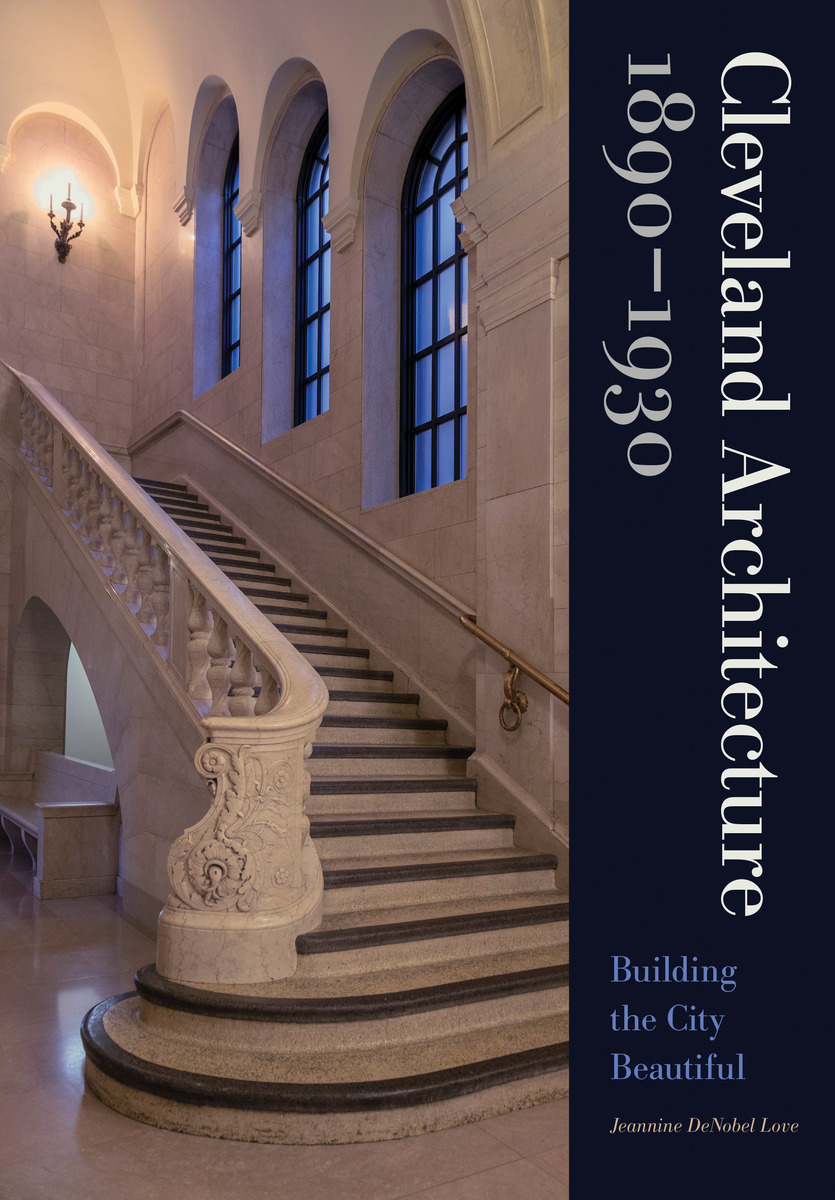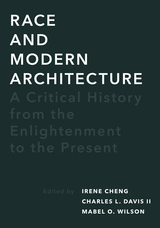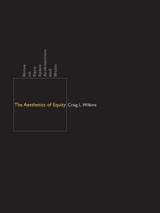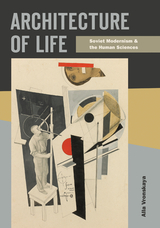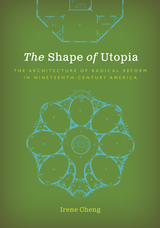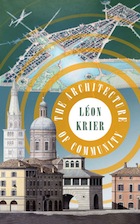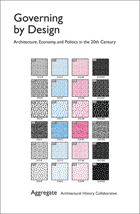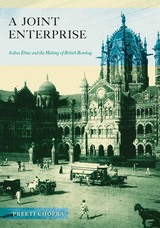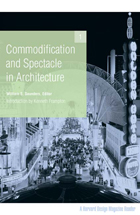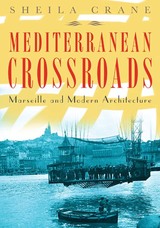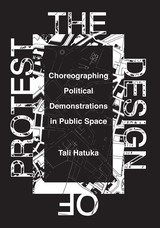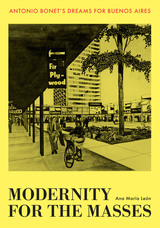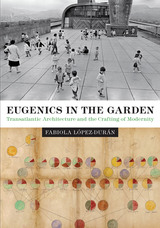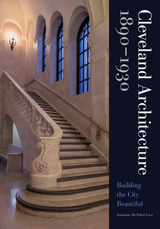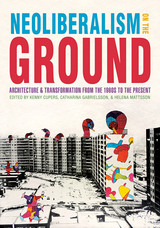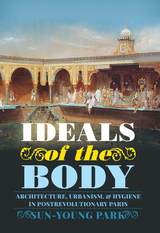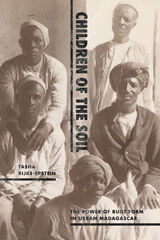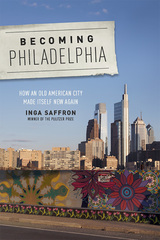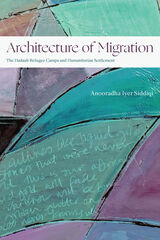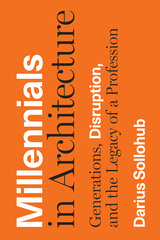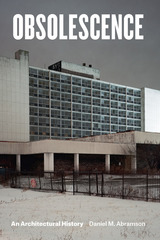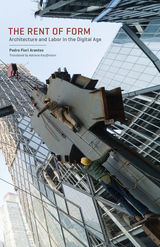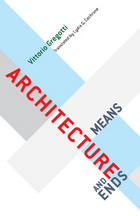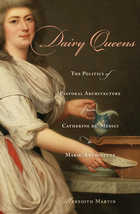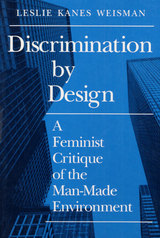Cleveland Architecture 1890–1930: Building the City Beautiful
Michigan State University Press, 2020
Cloth: 978-1-61186-349-9 | eISBN: 978-1-60917-628-0
Library of Congress Classification NA2543.S6L68 2020
Dewey Decimal Classification 720.97713209034
Cloth: 978-1-61186-349-9 | eISBN: 978-1-60917-628-0
Library of Congress Classification NA2543.S6L68 2020
Dewey Decimal Classification 720.97713209034
ABOUT THIS BOOK | AUTHOR BIOGRAPHY | REVIEWS | TOC | REQUEST ACCESSIBLE FILE
ABOUT THIS BOOK
This study looks at the architectural transformation of Cleveland during its “golden age”—roughly the period between post–Civil War reconstruction and World War I. By the early twentieth century, Cleveland, which would evolve into the fifth largest city in America, hoped to shed the gritty industrial image of its rapid-growth period and evolve into a city to match the political clout of its statesmen like John Hay and wealth of its business elites such as John D. Rockefeller. Encouraged by the spectacle and public response to the Beaux-Arts buildings of the Chicago World’s Exposition of 1893, the city embarked upon a grand scheme to construct new governmental and civic structures known as the Cleveland Plan of Grouping Public Buildings, one of the earliest and most complete City Beautiful planning schemes in the country. The success of this plan led to a spillover effect that prompted architects to design all manner of new public buildings with similar Beaux-Arts stylistic characteristics during the next three decades. With the group plan realized, civic leaders— with the goal of expanding the city’s cultural institutions to match the distinction of its civic center—established its counterpart in University Circle, creating a secondary group plan, the first cultural center in the country.
See other books on: Architecture and society | Building | Buildings, structures, etc | Modern (late 19th Century to 1945) | Ohio
See other titles from Michigan State University Press
